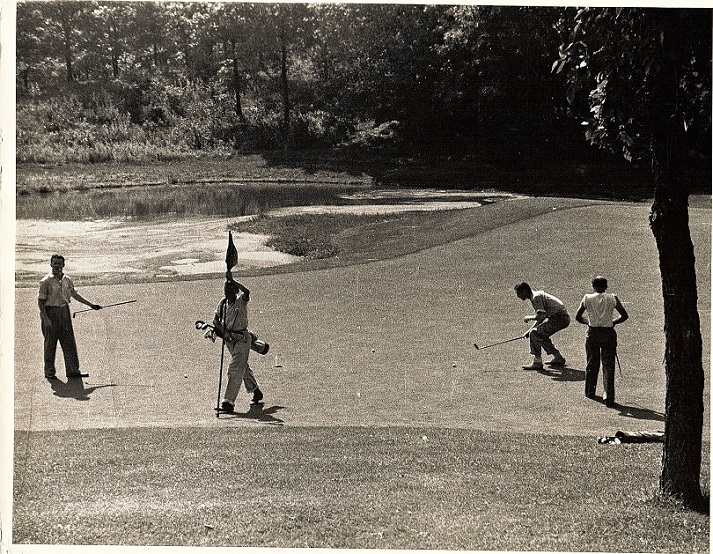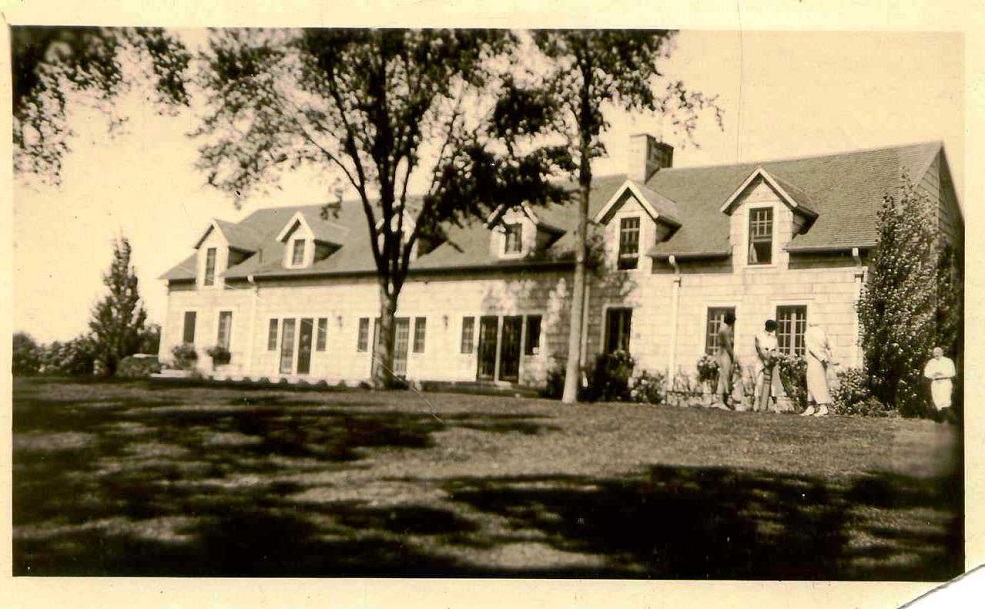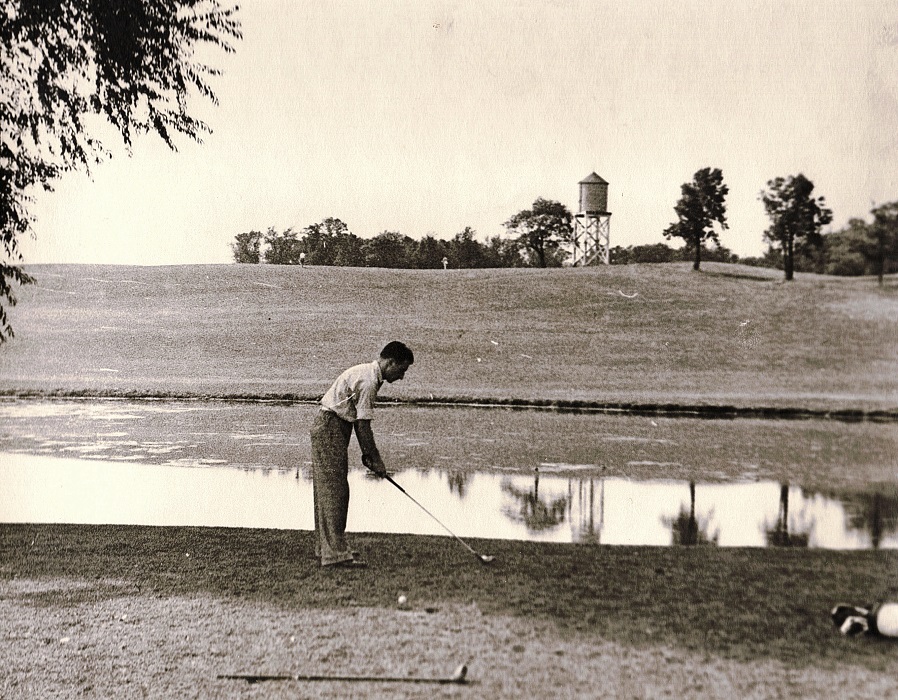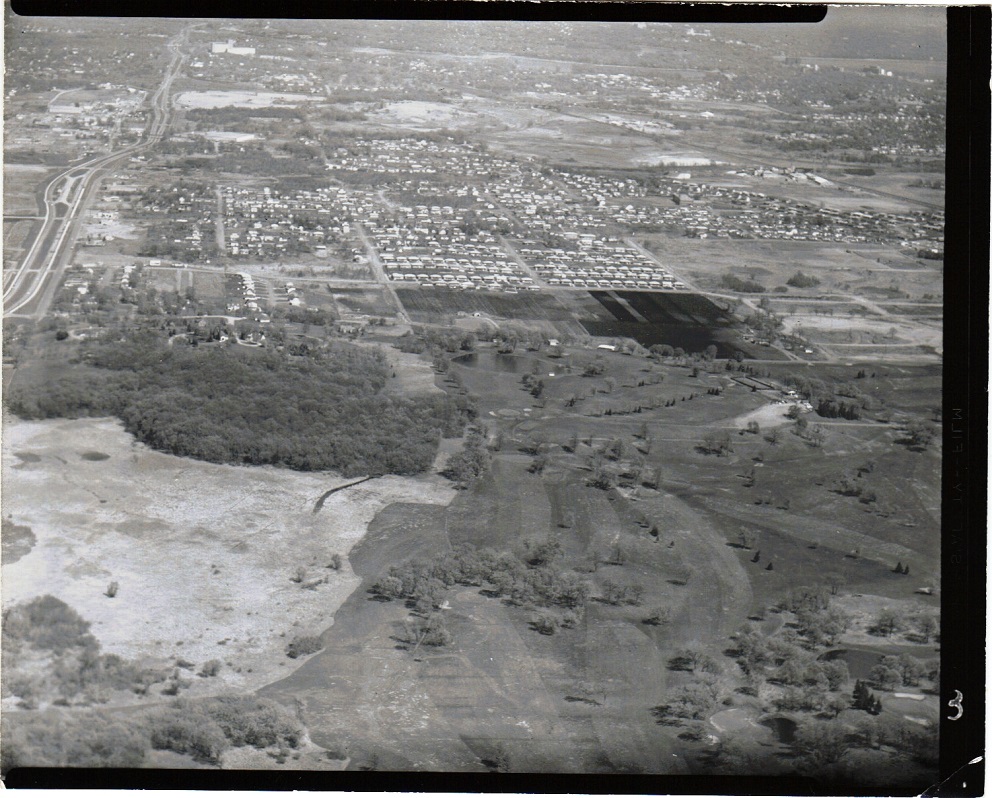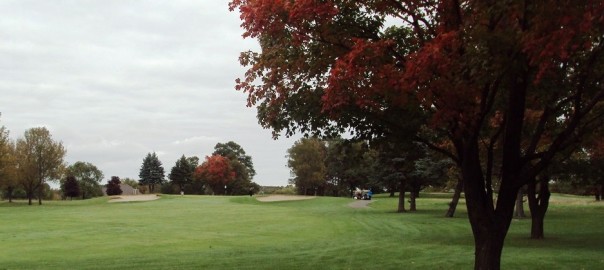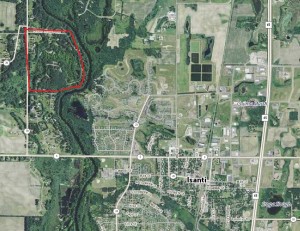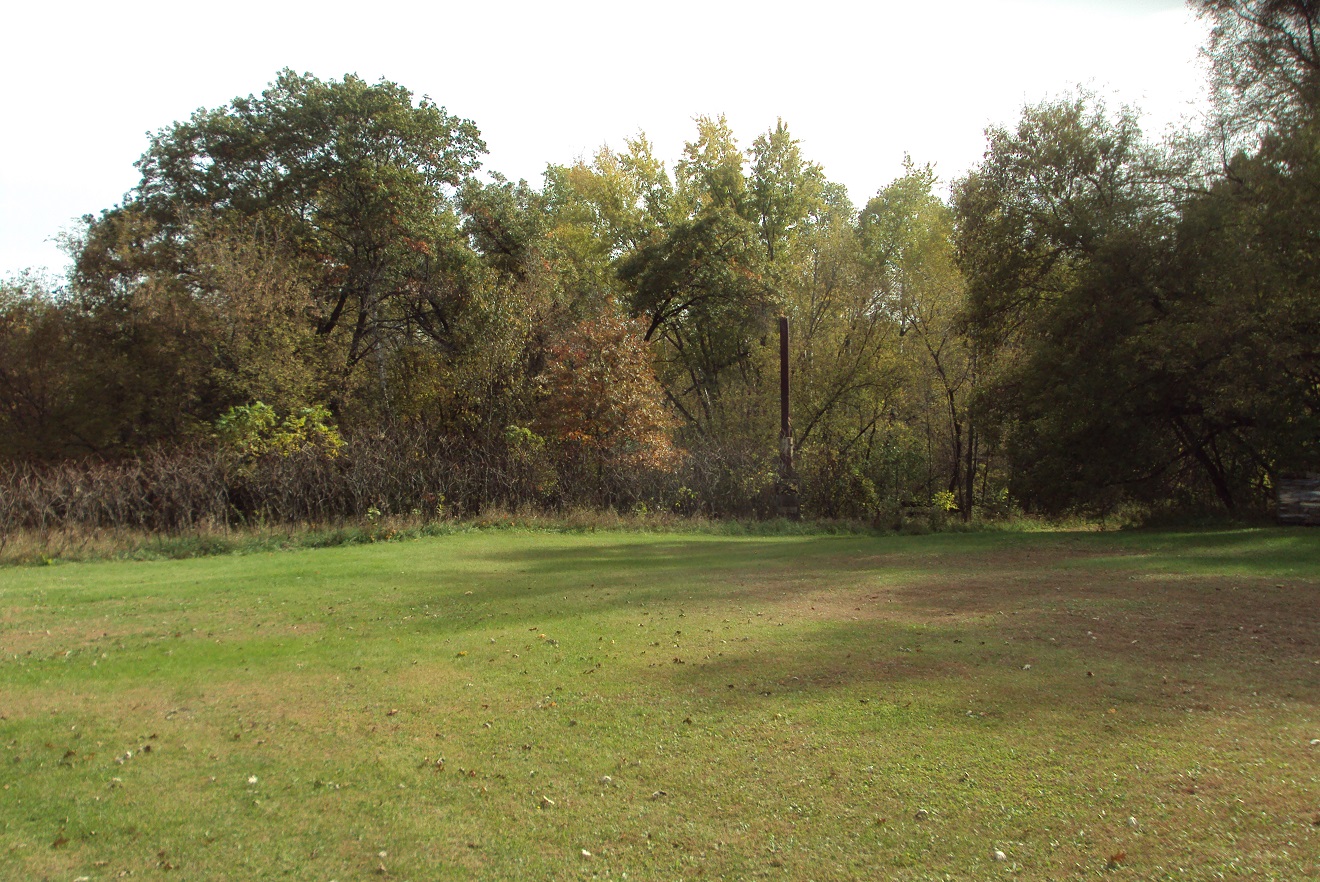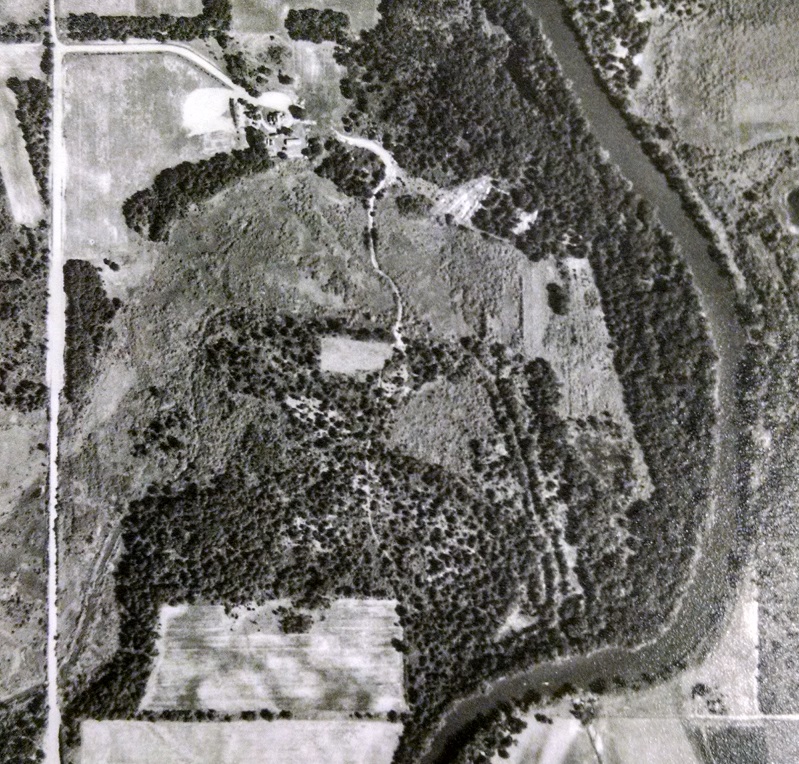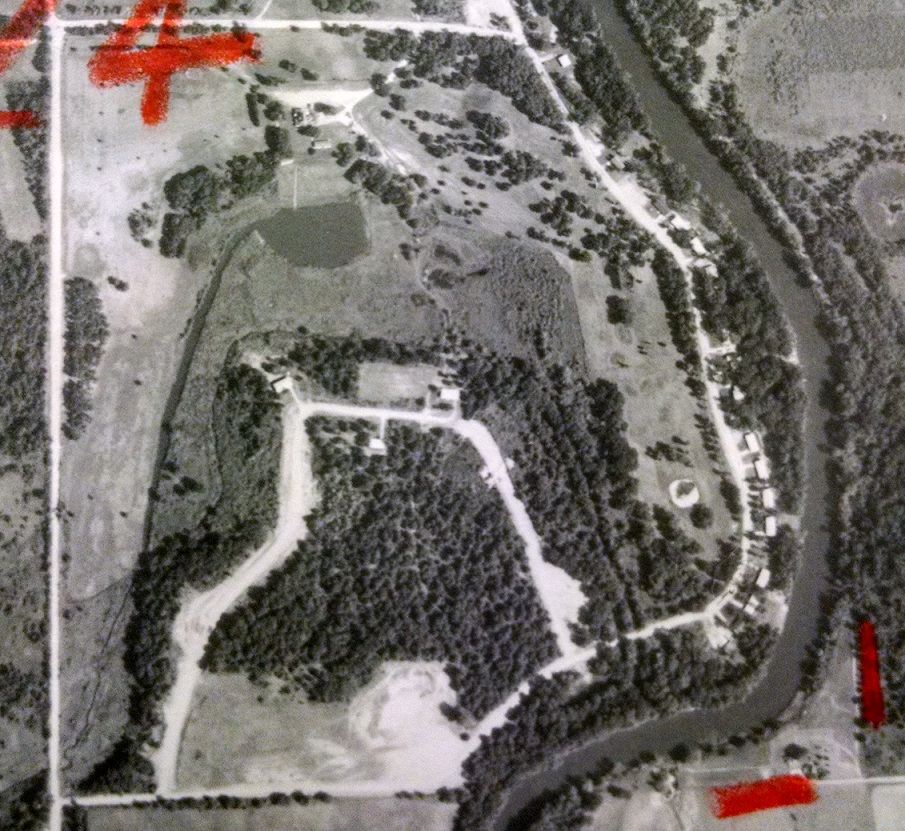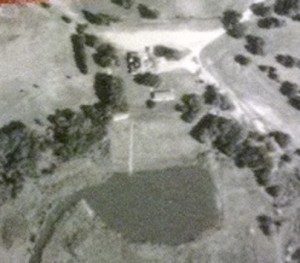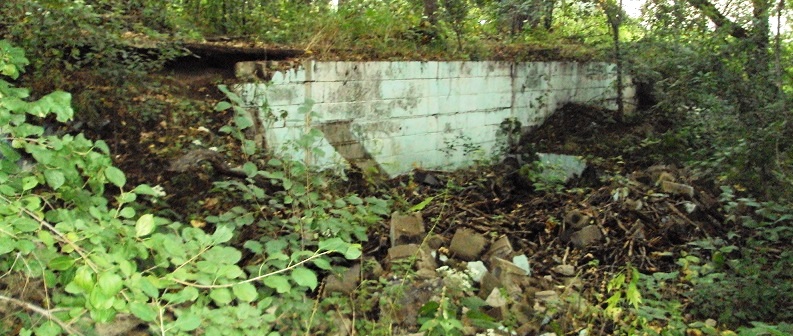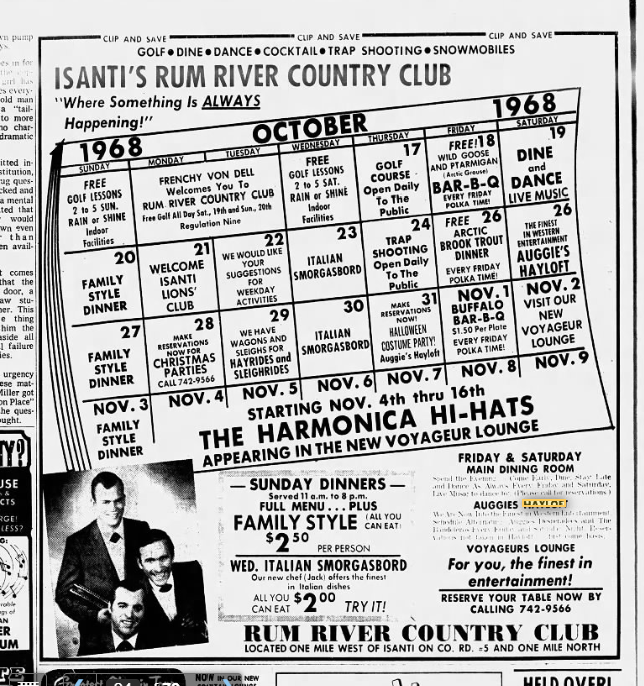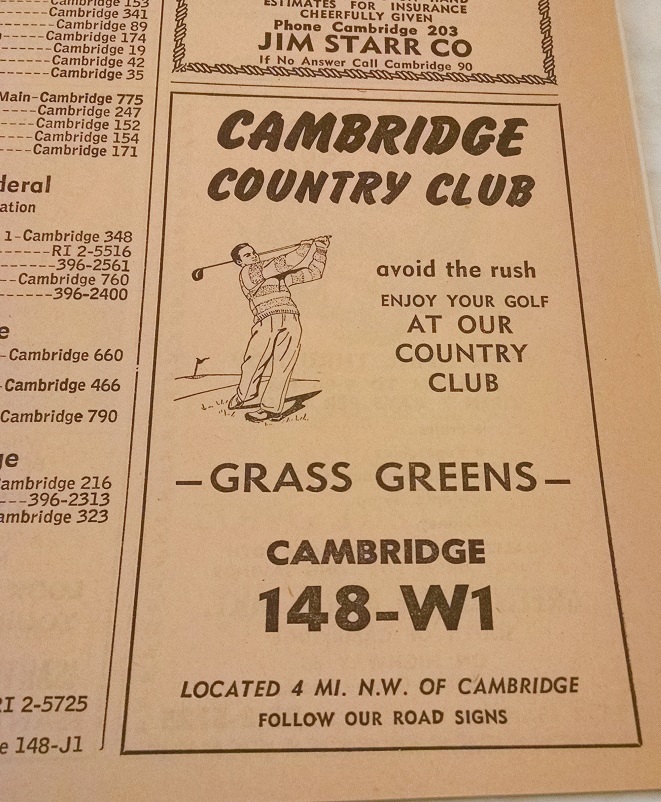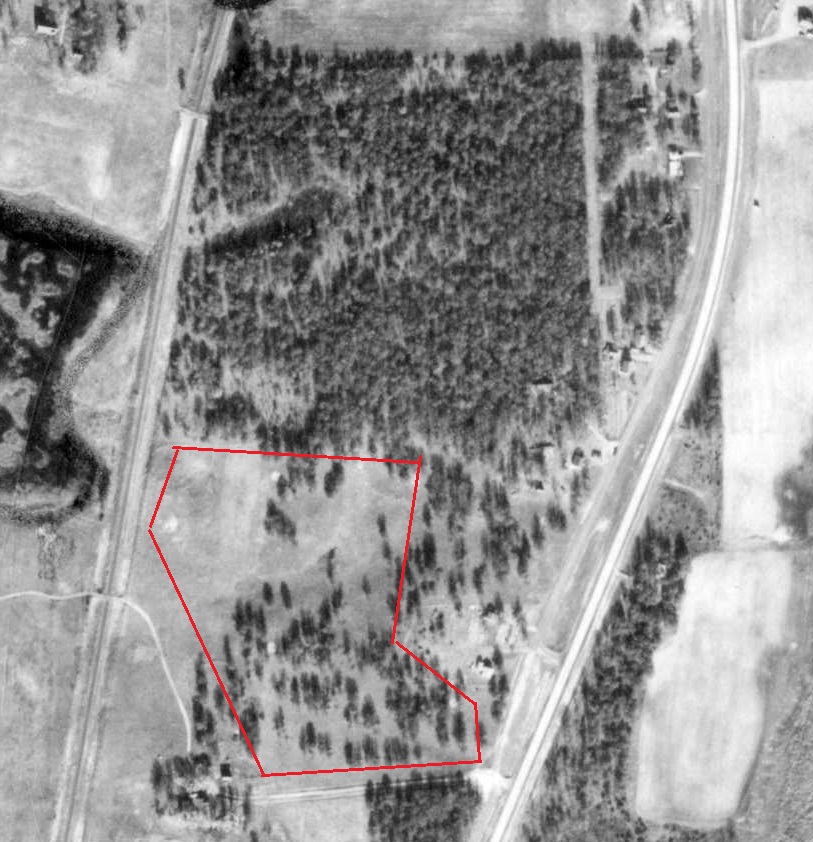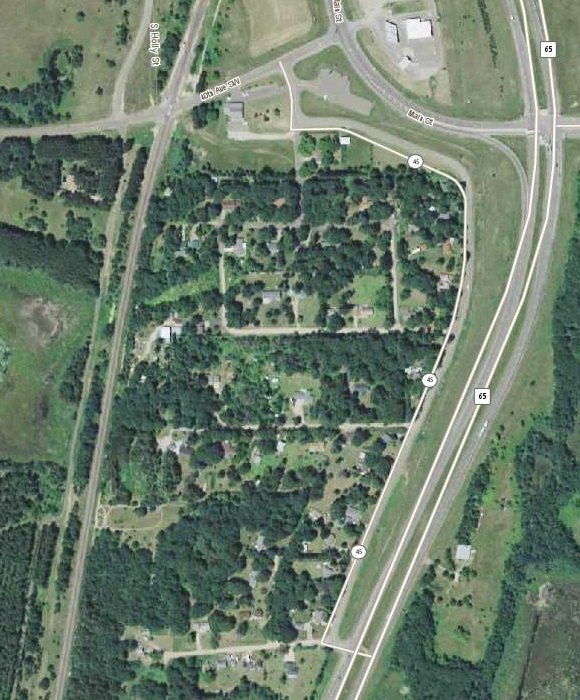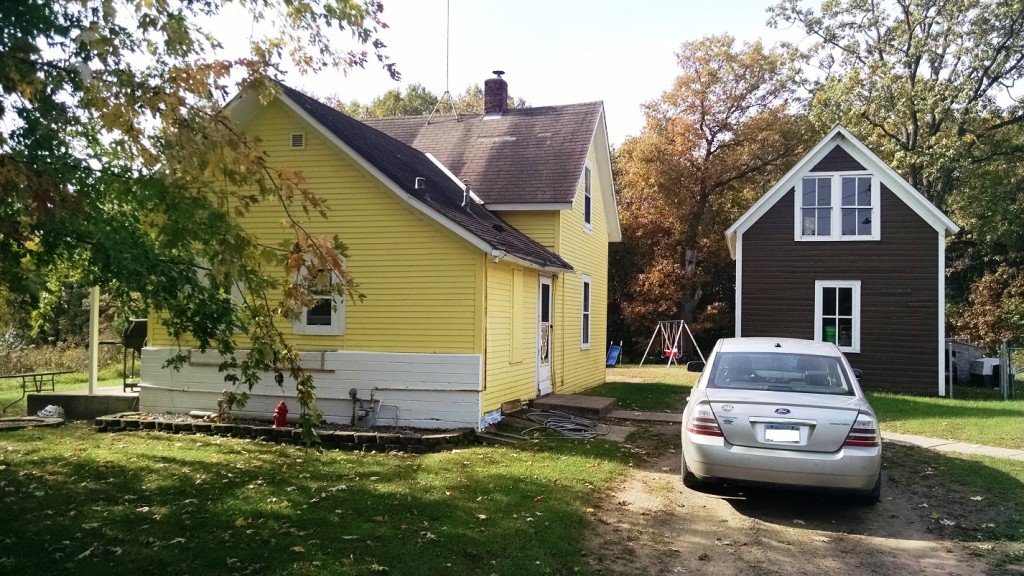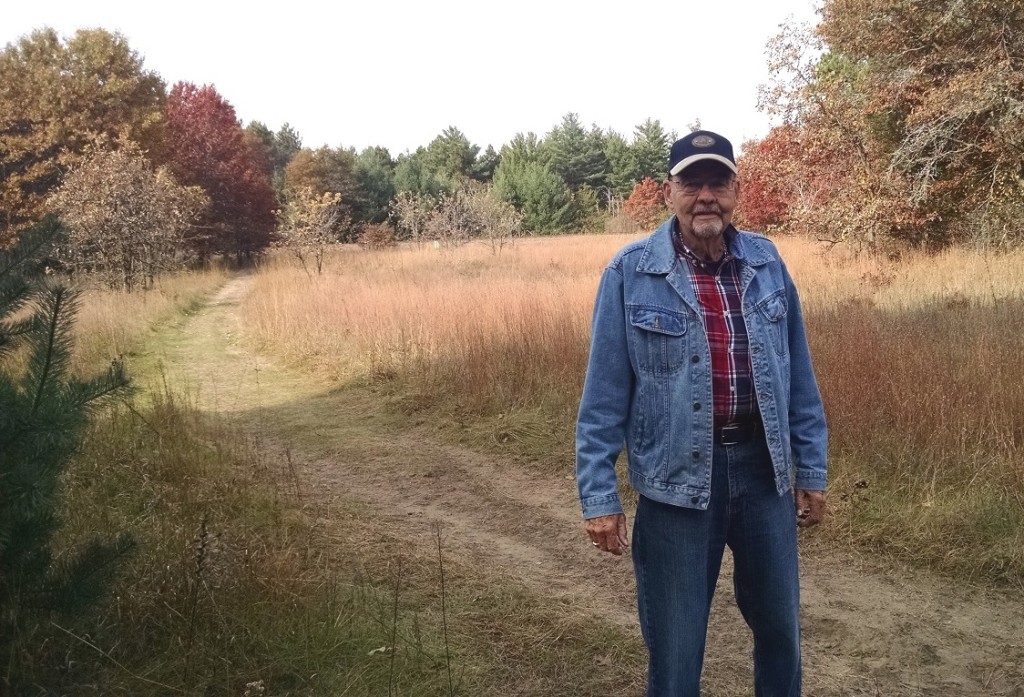Since 2000, by my count, 86 golf courses in Minnesota have closed and/or been abandoned (I am continually updating that number as I find more courses, or as they close down). This list, last updated on Aug. 2, 2022, is posted without commentary. Feel free to respond with additions, corrections or opinions.
Thank you to the Minnesota Golf Association for information on some of these courses.
Afton Alps Golf Course, Denmark Township (1990-2019)
Albert Lea Country Club (1912-2006)
All Seasons, Cottage Grove (1993-ca. 2006)
Apple Valley Golf Course, Apple Valley (1974-2019)
B&V Par 3, Plymouth (1962-circa 2006)
Beaver Creek GC, Beaver Creek (2003-2007)
Begin Oaks, Plymouth (2000-2014)
Bentwood, Climax (1987-circa 2019)
Birch Bay, Fairview Township (near Lake Shore) (1965-2015)
Black Bear Golf Complex, Backus (1998-2017)
Black Bear Golf Course, Backus (1998-unknown)
Brainerd Country Club/Pine Meadows (1920s-2004)
The Bridges of Mounds View (1995-2006)
Brockway, Rosemount (1935-2004)
Carriage Hills, Eagan (1967-2004)
Cedar Hills, Eden Prairie (1940-2000)
City View, Cold Spring (1999-2015)
Country Air, Lake Elmo (closed circa 2016)
Countryside, Shafer (2001-circa 2013)
Country View, Maplewood (1930-2004)
Deer Meadows, Cambridge (2000-2008)
Driftwood Golf & Fitness, Clearwater (1994-2019)
Elm Creek, Plymouth (1960-2013)
Fair Havens, Park Rapids (2000-circa 2015)
Fairways at Howard’s Barn, Fifty Lakes (1968-circa 2015)
Far Par Golf, Duluth (unknown-circa 2018)
Fort Ridgely State Park Golf Course, Fairfax (1927-2017)
Fred Richards Executive Course, Edina (1956-2014)
French Lake Open Golf, Dayton (1985-ca. 2015)
Fritz’s Resort Golf Course, Nisswa (1972-2006)
Greenwood, Wyoming (1985-unknown)
The Greens of Howard Lake (1995-2015)
Hampton Hills, Plymouth (1960-2003)
Hayden Hills, Dayton (1972-2018)
Hidden Creek, Owatonna (1996-2009)
Higbee’s, Wahkon (closed 2013)
Hillcrest Golf Club, St. Paul (1921-2017; originally called Lakeview)
Holiday Park, Hayward (1966-2011)
Hollydale, Plymouth (1965-2019)
Irish Hills, Pine River (1985-2009)
Ironman, Detroit Lakes (1960-2016)
KateHaven, Blaine (1981-2014)
Lakeview, Orono (1956-2013)
Links of Byron (1994-ca. 2013)
Lone Pine, Prior Lake (closed circa 2003; I hadn’t previously listed this because the property became the site of The Meadows at Mystic Lake. But Lone Pine shut down, and The Meadows was a complete overhaul of the Lone Pine course.)
Lost River, Gonvick (circa 1958-circa 200)
Maplebrook, Stewartville (1974-unknown)
Maple Hills, Maplewood (1954-2003)
Meadowbrook, Mabel (opened 1984; shown below, 2014 photo, after course’s closing, with the former kidney-shaped ninth green in the foreground and clubhouse in the background, courtesy of Ross Himlie Photography in Rushford) 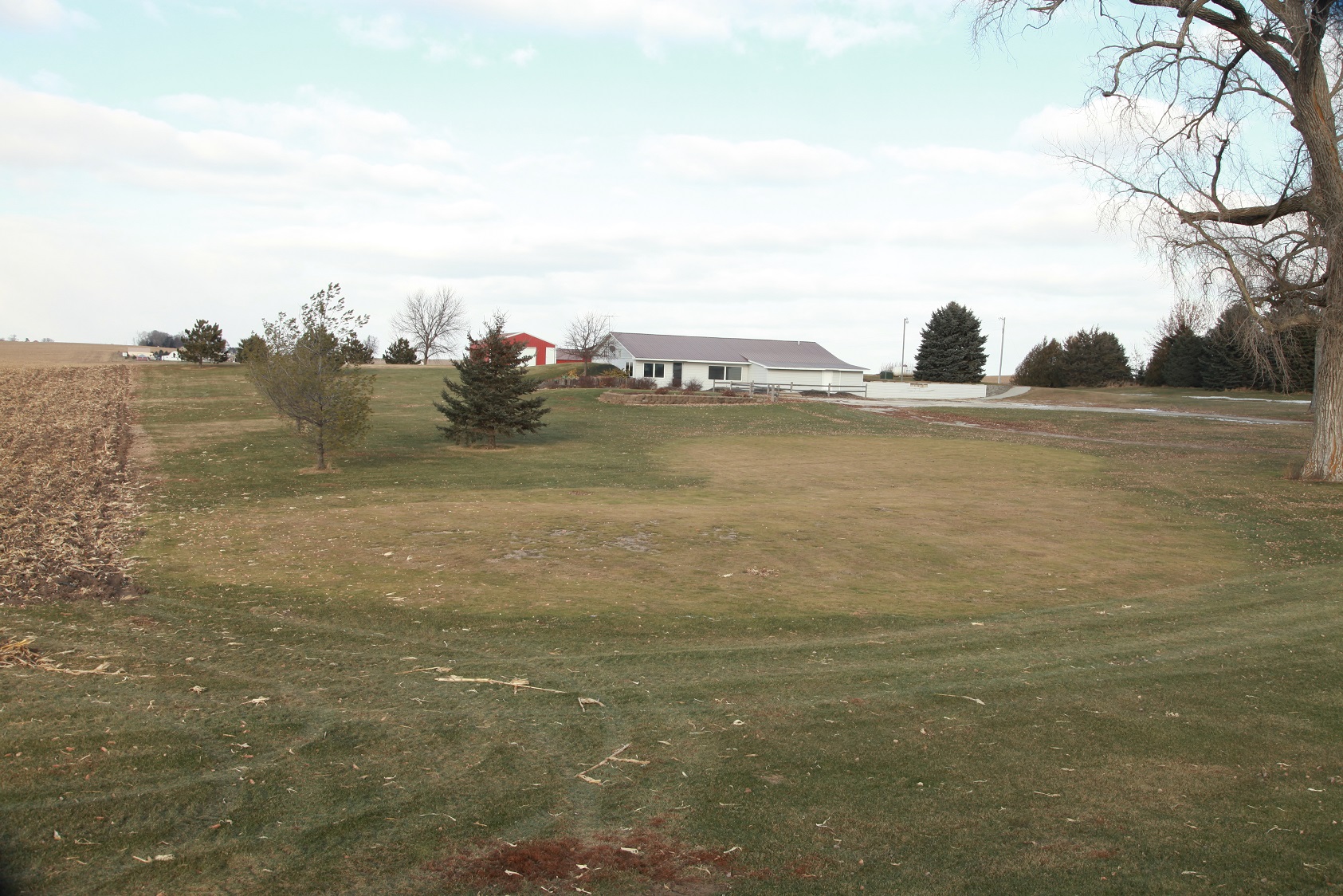
Meadow Lakes, Rochester (1998-2012)
Meadow Links, Hutchinson (1999-ca. 2015)
Meadowwoods, Minnetonka (1991-ca.-2004)
Minnetonka Country Club, Shorewood (1916-2014)
Mississippi Dunes, Cottage Grove (1995-2017)
Mulligan Masters/Lake Elmo Pines, Lake Elmo (circa 2000-08)
Oakdale Par 3 (1994-2009)
Orchard Gardens, Burnsville (1967-2004)
Parkview, Eagan (1969-2013)
Pine River Country Club, Pine River (1981-2010)
Ponderosa, Glyndon (1962-2015)
Ponds at Battle Creek, Maplewood (2004-2021)
Prairie View Golf Links, Worthington (1983-2015)
Red Oak, Minnetrista (1969-2013)
Red Rock Golf Course, Hoffman (1932-2017)
Rich Valley, Rosemount (shown below, October 2021; 1998-2021)
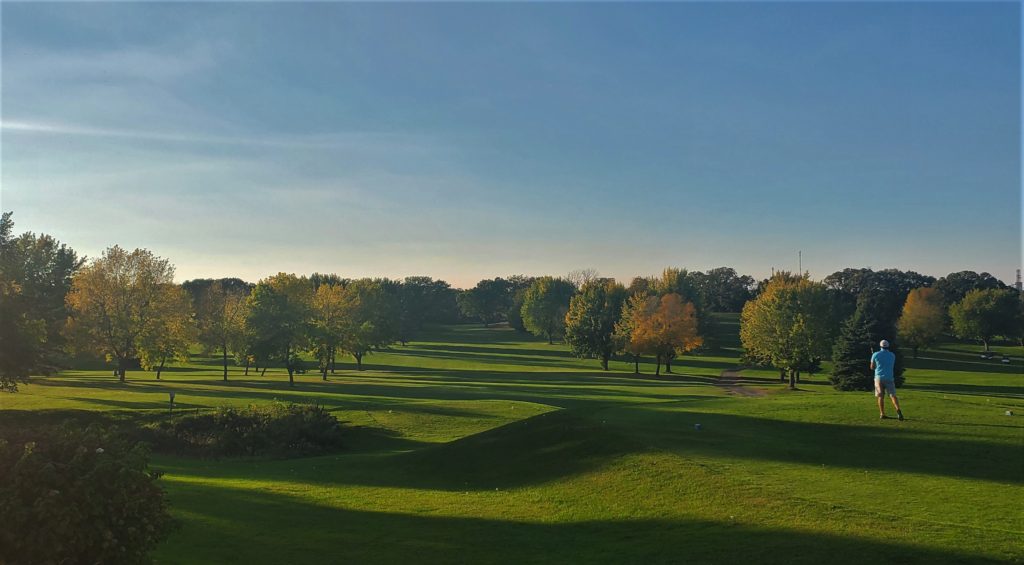
Ridgewood Golf Course, Longville (1987-2016)
River Bend Golf Club, East Grand Forks (second iteration 1995-20022)
Rock Pile, Dent (1999-2013)
Rodina, Alexandria (1998-circa 2015)
Rolling Green Fairways, Fairmont (1976-2003)
Rolling Hills, Pelican Rapids (circa 1970-2016)
Root River Country Club, Spring Valley (1962-2014)
Sanbrook Golf Club, Isanti (1995-2001)
Sauk Centre Country Club (1921-2013) (Note: This course has reopened as Old Course Sauk Centre, partially rerouted and redesigned.)
Silver Springs, Monticello (1974-2009)
Stillwater Oaks (formerly Sawmill), 1983-2019
Stone Bridge, Otsego (1999-2009)
Tartan Park, Lake Elmo (opened 1965, closed December 2015. The grounds have been converted into The Royal Golf Club, which opened in 2018, but it was a total rebuild of Tartan Park, so I’m considering Tartan Park to be a lost course.)
Thompson Oaks, West St. Paul (1997-2017)
Town & Country Golf Course, Moorhead (1963-2007)
Valley View, Belle Plaine (1992-2015)
Wedgewood, Walker (established 1962) reopened as Moonlight Bay, notation made May 2021
Wendigo, Grand Rapids (1995-2011)
Wilderness Hills, Holyoke (1995-unknown)
Wilderness Trail Golf & Village (formerly Chippewa National), Longville, 1987-2016
Woodbury Golf & Fitness (1975-2003)
Woodland Creek, Andover (1989-2008)
